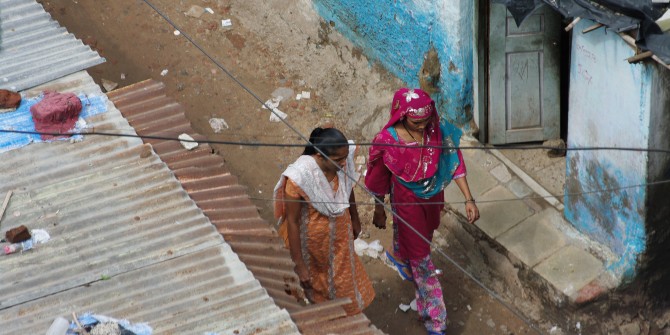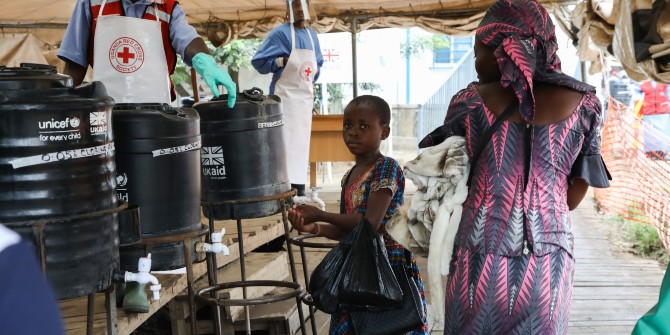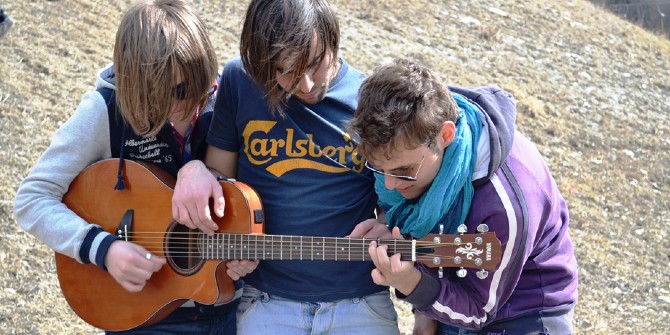COVID-19 spreads fast in slums, writes Nikhil Deb (Murray State University). They should be the focus of the efforts to tackle the disease in the Global South, and not given up as a lost cause.
One billion people live in slums. They present ideal conditions for the spread of COVID-19: large families often live together in one or two rooms, and build homes stacked on top of one another, making social distancing impossible. Slum dwellers are more likely to suffer from pre-existing health conditions that increase the chance of dying from the disease. Running water, toilets, sewers and drainage are lacking, so handwashing is very difficult. In the Dharavi slum in Mumbai, one of Asia’s largest, there are approximately 100,000 people per square mile; in Dhaka, Bangladesh, the density can be as high as 250,000. In both India and Bangladesh, 45% of the urban population are in slum housing. It is no surprise that intensive care beds in Mumbai and Dhaka were overwhelmed during the spring and summer.
The Global South therefore entered the pandemic at a substantial disadvantage. Half of all the extremely impoverished (defined as living on less than $1.90 a day) live in just five countries: India, Nigeria, Democratic Republic of Congo, Ethiopia, and Bangladesh. It is thought that 150 million more will join them as a result of COVID-19.
The lack of data about slums is an obstacle to understanding the true effects of the pandemic. We know that half of Mumbai slum dwellers had had the virus in July, but this is probably an undercount. Recently published research on the seroprevalence of COVID-19 in the city put it at 55-61% in slums and 12-19% in other housing. Although a recent study concluded that India might be close to reaching herd immunity, other researchers seriously question this position. They argue that India has a long way to go, and the same can be said about Bangladesh. Both countries may see a second wave as winter and many religious holidays approach.

Like many countries, India and Bangladesh responded to the virus by enforcing a country-wide lockdown. Since slum dwellers primarily work in the informal sector and cannot work from home, the pandemic devastated their livelihoods, and efforts should have been made to compensate them. Now that vaccines are becoming available, those living in slums should have the same right to vaccination as others who do not.
Although it is nearly impossible to maintain social distancing in overcrowded slums, that does not mean that they should be given up as a lost cause. Health workers should go into slums and explain what to do if people show symptoms, how to get tested, and as far as possible offer access to sanitiser, soap, water and toilets. The lessons we learn from this pandemic will help us tackle the next.
This post represents the views of the author and not those of the COVID-19 blog, nor LSE.





